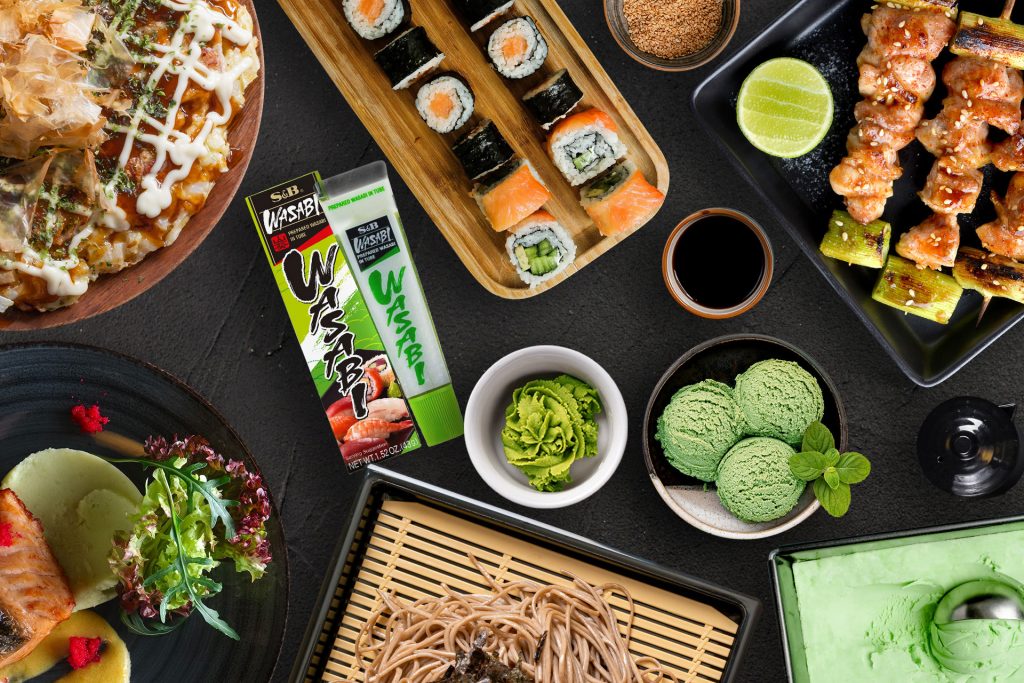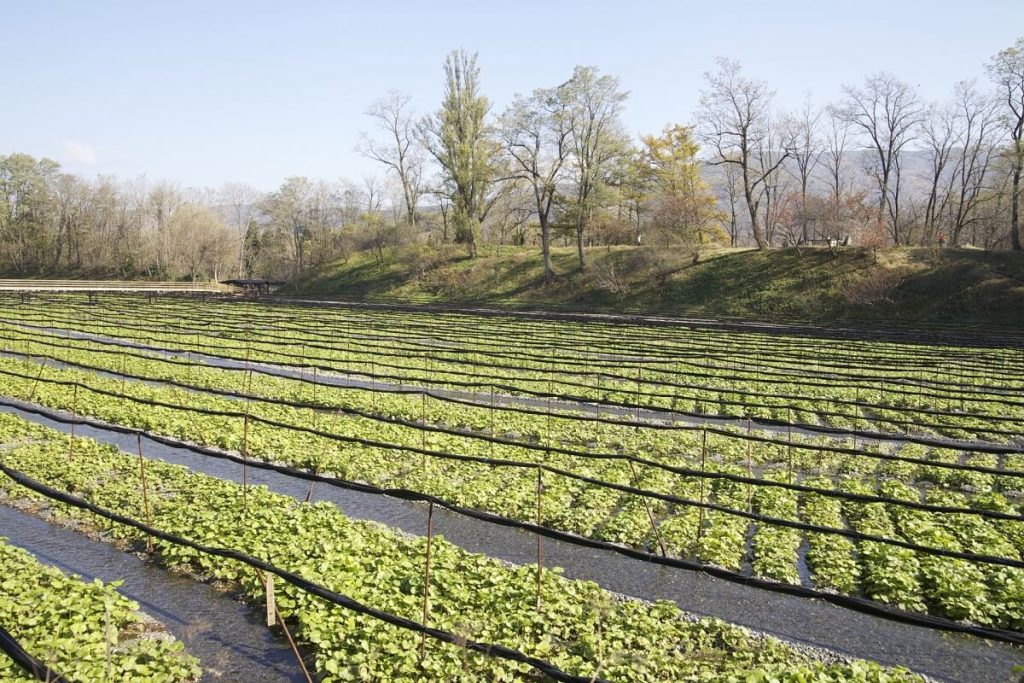
An unmistakable green paste with a slightly grainy texture that delivers a tear-jerking kick to your senses, no condiment is as instantly recognisable as wasabi. Even a dollop of wasabi is enough to redefine the flavour of any dish. No wonder it has captivated the world’s imagination.
Seeing the exploding popularity of wasabi around the world, S&B Foods pioneered the method of bringing the authentic taste of wasabi to the rest of the world in a convenient tube. You can even pick up a tube of S&B Wasabi paste in most supermarkets across Australia.
Despite its distinctive qualities, the condiment comes from a very ordinary family of plants – the Wasabia Japonica and Horseradish. Both plants hail from the Brassicaceae family, which includes mustard, broccoli, cauliflower, and cabbage. Yes, a relative of the bland-tasting cabbage is responsible for giving that nose-kicking relish you find in Japanese cuisine.
However, unlike cabbage, Wasabia Japonica isn’t something you can grow in your backyard. Native to Japan, wasabia grows in specific conditions as it thrives in relatively cold clear water streams without too much direct sunlight. Because of that, the plant is mainly cultivated in Japan’s mountainous regions.

Horseradish, otherwise known as western wasabi or wasabi radish, originates from Europe. Like wasabia, horseradish is also widely cultivated in Japan, particularly in areas around Hokkaido and grown wild in wetlands along rivers.
From ancient manuscripts, we know that wasabi has been used in Japanese society from as far back as the 10th century. Cultivated as a food and for medicinal purposes, historians believe that the Japanese used wasabi as a remedy for food poisoning. More recent studies have indeed shown that wasabi contains antibacterial agents that are effective in suppressing microbes and bacteria that can cause food poisoning.
Wasabi’s antibacterial properties and pungent flavour made it an essential accompaniment for the iconic sushi and sashimi dishes of Japanese cuisine. Not only does its spiciness counter the smell and compliments the flavour of raw fish, but it also prevented any upset stomachs.
However, the potential uses for wasabi aren’t limited to sashimi. Wasabi is surprisingly versatile and can add an extra dimension of flavour to a variety of dishes such as salad, skewers, and even ice cream.
You can mix wasabi with mayonnaise to fire up any salad or serve as a saucy dipping sauce. Pair it with a dash of soy sauce and lather it on your meats as a marinade or use it as a bast. Its potential is endless and tantalising.
Here is a selection of dishes that would go well with a kick of wasabi in it. Give it a try and fire up your senses!





 (14)
(14)






